Plot diagram for the sniper – Introducing the plot diagram for “The Sniper,” a captivating literary device that unravels the narrative’s intricate structure, enhancing our understanding and appreciation of this timeless short story.
Through a comprehensive exploration of its components, we delve into the tale’s setting, characters, conflict, and the progression of events that shape its compelling plot.
Plot Structure
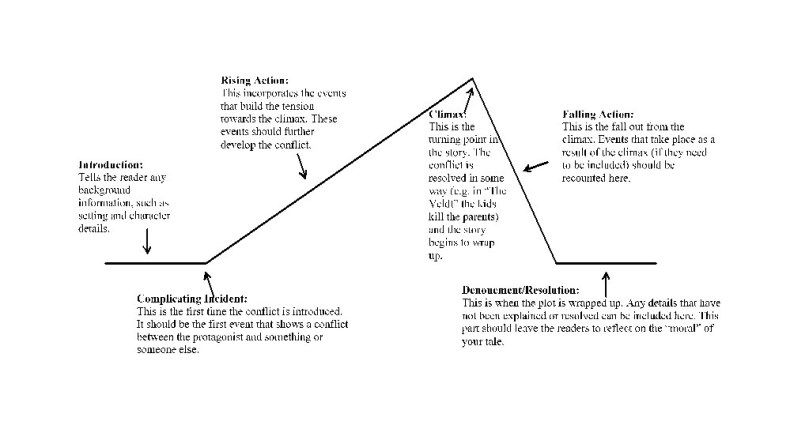
The plot diagram is a visual representation of the key events in a story. It typically consists of five stages: exposition, rising action, climax, falling action, and resolution.The exposition introduces the setting, characters, and conflict of the story. The rising action is a series of events that build tension and lead to the climax.
The climax is the turning point of the story, where the conflict is resolved. The falling action is a series of events that lead to the resolution of the story. The resolution is the final outcome of the story.In the story “The Sniper,” the exposition introduces the setting (a city during a civil war) and the main character (a sniper named Liam).
The rising action is a series of events that lead to the climax, including Liam’s encounter with another sniper and his struggle to survive. The climax is the moment when Liam kills the other sniper. The falling action is a series of events that lead to the resolution of the story, including Liam’s realization that he has killed his brother.
The resolution is the final outcome of the story, which is that Liam is left alone and haunted by his actions.
Exposition
The story “The Sniper” by Liam O’Flaherty is set in Dublin during the Irish Civil War in the early 1920s. The protagonist, a young Republican sniper, is perched on a rooftop overlooking a street. His mission is to take out enemy Free State soldiers.
A plot diagram for the sniper can help you understand the story’s structure and key events. If you’re interested in other literary analysis tools, check out the battle of the beaks lab . This resource provides a step-by-step guide to analyzing a story’s plot, characters, and themes.
Returning to the plot diagram for the sniper, it can help you identify the exposition, rising action, climax, falling action, and resolution of the story.
The story is told from the sniper’s perspective, providing an intimate and suspenseful account of his actions and thoughts.
Historical Context
The Irish Civil War was a bloody conflict that erupted after the signing of the Anglo-Irish Treaty in 1921. The treaty granted Ireland independence from the United Kingdom but partitioned the country into two separate entities: the Irish Free State (which later became the Republic of Ireland) and Northern Ireland.
The treaty was opposed by many Irish republicans, who fought against the Free State forces in a civil war that lasted from 1922 to 1923.
Rising Action
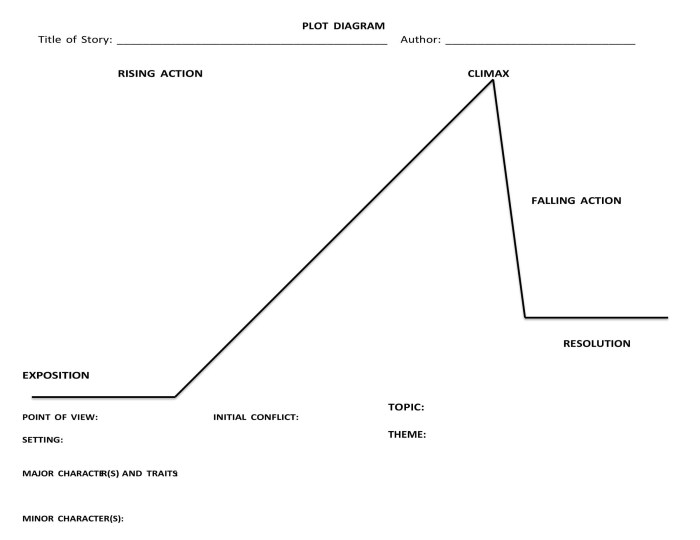
The rising action of “The Sniper” by Liam O’Flaherty consists of a series of escalating events that build tension and lead to the climax of the story.
The conflict intensifies as the sniper becomes more desperate to survive and as the enemy sniper becomes more cunning and relentless.
The Sniper’s Determination
The sniper’s determination to survive is evident from the beginning of the story. He is willing to risk his life to protect his city and his cause. As the story progresses, his determination only grows stronger. He is willing to endure pain, hunger, and cold in order to achieve his goal.
Climax: Plot Diagram For The Sniper
The climax of “The Sniper” is the pivotal moment where the sniper faces the most intense conflict and the turning point of the story unfolds.
The climax occurs when the sniper’s target, an opposing sniper, emerges from his hiding spot. A tense standoff ensues, each sniper trying to outmaneuver the other. The sniper eventually gains the upper hand and fires, killing his opponent.
Significance of the Climax
The climax of “The Sniper” is significant for several reasons:
- It marks the moment of greatest tension and suspense in the story.
- It reveals the sniper’s skill and determination, as well as the horrors of war.
- It sets up the tragic ending, as the sniper realizes the futility of his actions.
Falling Action
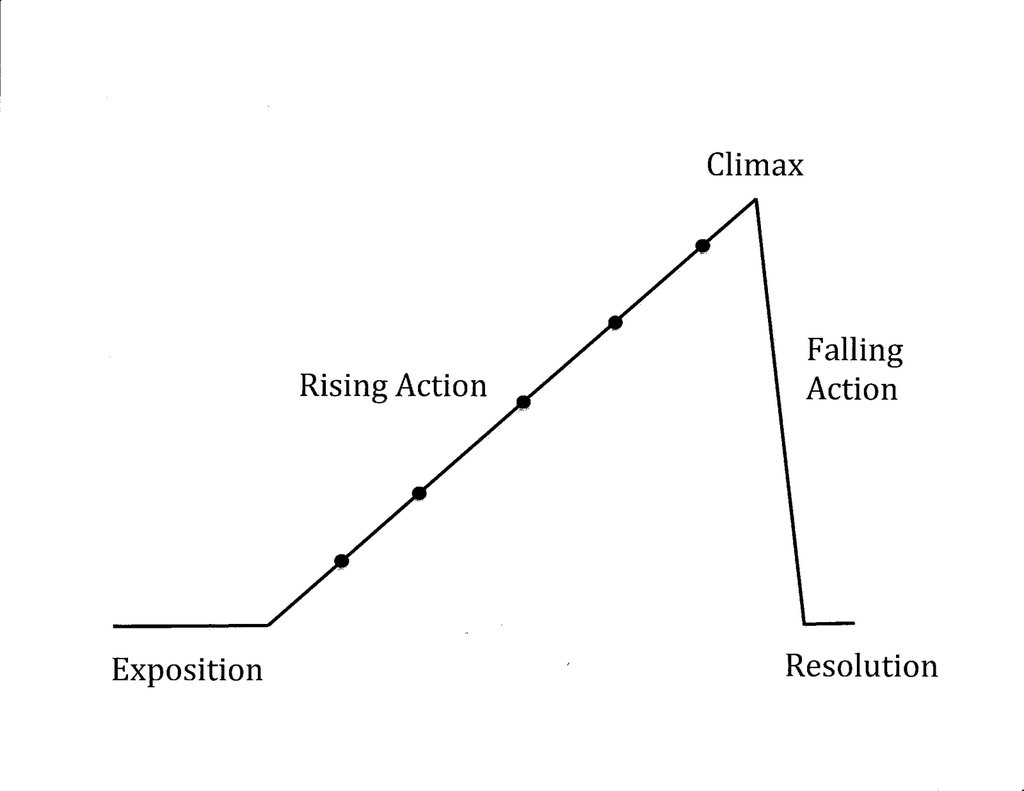
The falling action of “The Sniper” describes the events that occur after the climax, as the conflict between the sniper and his opponent begins to resolve.
The sniper, having successfully killed his opponent, is now left alone with his thoughts and emotions. He begins to question the morality of his actions and the futility of war. He realizes that he has killed a fellow human being, and that there is no glory or honor in it.
Aftermath of the Conflict
The sniper is physically and emotionally exhausted. He has been through a traumatic experience, and he is now trying to come to terms with what he has done. He is haunted by the memory of his victim, and he begins to feel guilty and ashamed.
The sniper also begins to realize the futility of war. He sees that it is a senseless and destructive cycle that only leads to more death and suffering. He comes to the conclusion that there is no point in fighting, and that the only way to end the war is to stop fighting.
Resolution
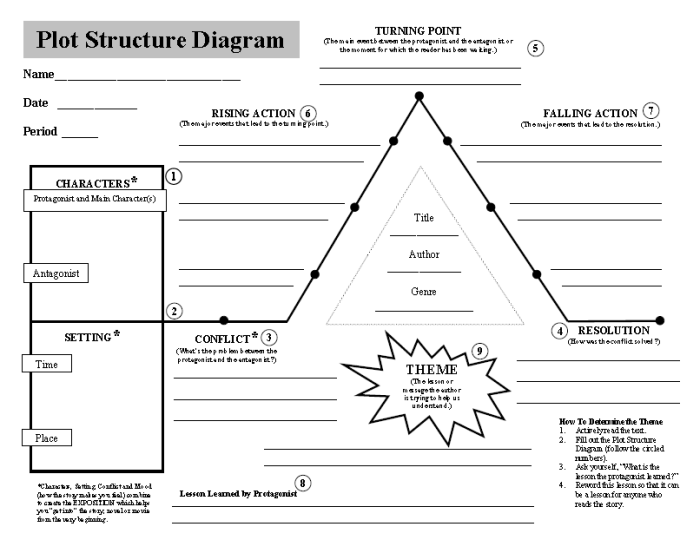
The story’s climax leaves the reader hanging, with both the sniper and his target in a perilous situation. The resolution provides closure, revealing the final outcome of their deadly game.
Outcome of the Duel
The sniper’s patience and determination ultimately pay off. He manages to outwit his opponent and emerges victorious from the intense standoff. The target, who had been equally skilled and cunning, falls prey to the sniper’s superior strategy.
Theme and Message, Plot diagram for the sniper
Beyond the thrilling plot, “The Sniper” conveys a powerful message about the horrors of war and the futility of violence. The story portrays the brutal reality of combat, where soldiers on opposing sides become mere pawns in a senseless conflict.
It highlights the tragic consequences of war, not only for the individuals involved but also for society as a whole.
Character Analysis
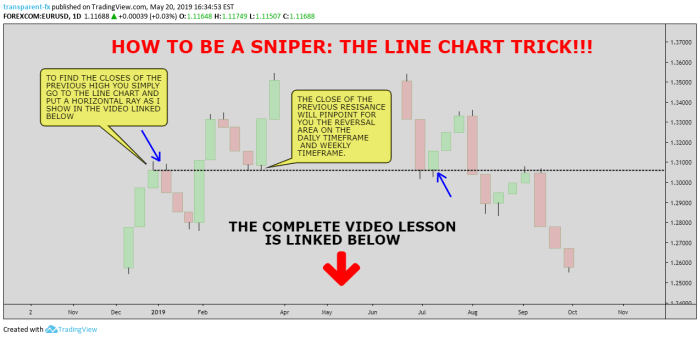
The sniper, the main character of the story, is a young, inexperienced soldier fighting in the Irish Civil War. He is a skilled marksman, but he is also deeply affected by the horrors of war.The sniper’s motivations are complex. He is initially driven by a sense of duty to his country, but as the story progresses, he becomes increasingly disillusioned with the war.
He sees the brutality and senselessness of the fighting, and he begins to question the value of his own actions.Despite his disillusionment, the sniper remains a determined and resourceful fighter. He is able to adapt to the changing circumstances of the war, and he is always willing to take risks.
He is also a compassionate man, and he is often moved by the suffering of others.The sniper’s development over the course of the story is significant. He begins as a naive and idealistic young man, but he ends up as a hardened and cynical veteran.
He has seen the worst that war has to offer, and he has been forever changed by his experiences.
The Sniper’s Motivations
The sniper’s motivations are complex. He is initially driven by a sense of duty to his country, but as the story progresses, he becomes increasingly disillusioned with the war. He sees the brutality and senselessness of the fighting, and he begins to question the value of his own actions.Despite
his disillusionment, the sniper remains a determined and resourceful fighter. He is able to adapt to the changing circumstances of the war, and he is always willing to take risks. He is also a compassionate man, and he is often moved by the suffering of others.
The Sniper’s Development
The sniper’s development over the course of the story is significant. He begins as a naive and idealistic young man, but he ends up as a hardened and cynical veteran. He has seen the worst that war has to offer, and he has been forever changed by his experiences.
Symbolism
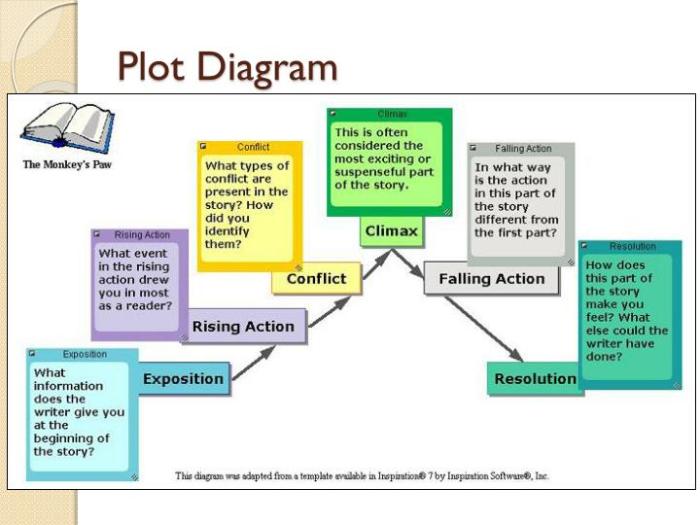
The Sniper employs various symbols to convey profound meanings and reinforce the story’s themes. These symbols contribute to the overall depth and impact of the narrative.
Sniper’s Rifle
The sniper’s rifle symbolizes the dehumanizing effects of war. It transforms the sniper from a human being into a cold, calculated killing machine. The rifle becomes an extension of himself, allowing him to detach himself from the horrors he inflicts.
Republican and Free State Soldiers
The opposing soldiers represent the broader conflict between ideologies and political beliefs. Their presence highlights the senselessness and futility of war, as both sides fight for abstract ideals rather than tangible gains.
Cat
The cat that crosses the sniper’s path serves as a symbol of innocence and vulnerability caught in the crossfire of war. Its presence emphasizes the indiscriminate nature of violence and the tragic consequences it can have on non-combatants.
Old Man
The old man who lives in the building opposite the sniper represents wisdom and experience. He has witnessed the horrors of war firsthand and understands its devastating effects. His presence serves as a reminder of the human cost of conflict.
Church
The church in the distance symbolizes hope and redemption amidst the chaos of war. It represents the possibility of peace and reconciliation, even in the darkest of times.
Historical Context
The Sniper is set during the Irish Civil War, a conflict that raged from 1922 to 1923. The war was fought between the Irish Free State, which was supported by the British, and the Irish Republican Army (IRA), which sought to establish an independent Irish republic.
The story takes place in Dublin, which was a major battleground during the war. The city was divided between the two sides, with the Free State forces controlling the south side and the IRA controlling the north side. The fighting was intense and often brutal, with both sides committing atrocities.
Influence on Plot and Characters
The historical context of the Irish Civil War has a profound influence on the plot and characters of The Sniper. The story is set against the backdrop of a city torn apart by war, and the characters are all affected by the violence and chaos that surrounds them.
The sniper himself is a young man who has been fighting in the war for several years. He is hardened by the experience, and he has become a skilled killer. However, he is also haunted by the memories of the things he has seen and done.
The old woman who the sniper shoots is a symbol of the innocent victims of the war. She is a harmless old woman who is caught in the crossfire, and her death is a reminder of the senselessness of the violence.
Visual Representation
The plot diagram below provides a visual representation of the story’s structure:| Plot Element | Description ||—|—|| Exposition | Introduces the characters and setting, and establishes the conflict. || Rising Action | The conflict intensifies, and the characters face challenges.
|| Climax | The turning point of the story, where the conflict reaches its peak. || Falling Action | The conflict is resolved, and the characters begin to heal. || Resolution | The story ends, and the characters have found peace.
|
Questions and Answers
What is the significance of the climax in “The Sniper”?
The climax marks the turning point of the story, where the sniper’s internal conflict reaches its peak and his decision to shoot or spare the other sniper becomes pivotal.
How does the falling action contribute to the resolution of the story?
The falling action depicts the aftermath of the climax, revealing the consequences of the sniper’s actions and leading to the final resolution of the conflict.
What is the main theme explored in “The Sniper”?
The story explores the themes of war’s brutality, the dehumanizing effects of conflict, and the fragility of human life amidst violence.